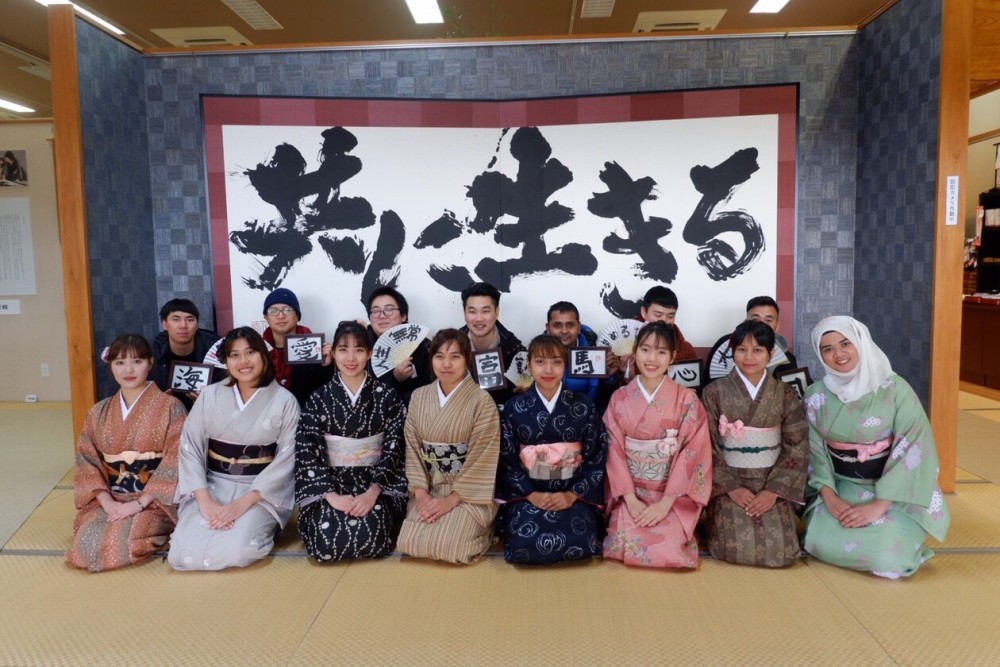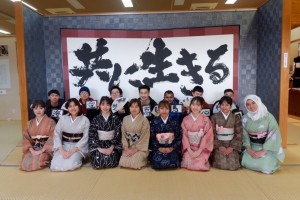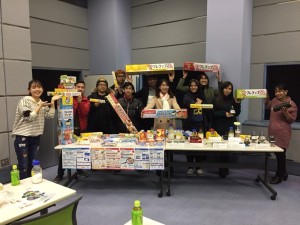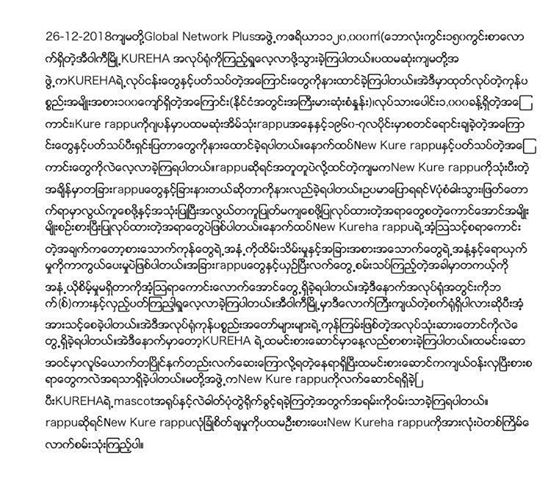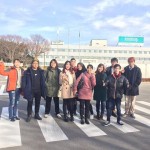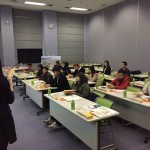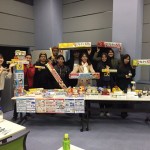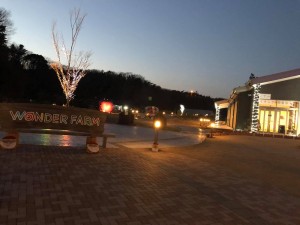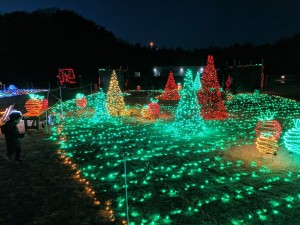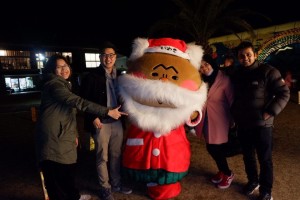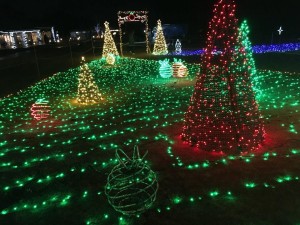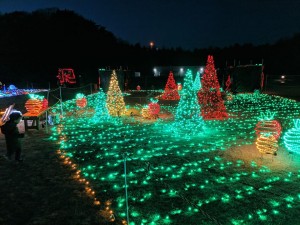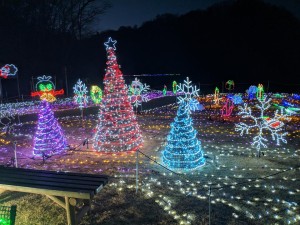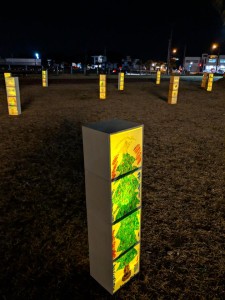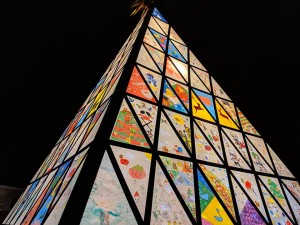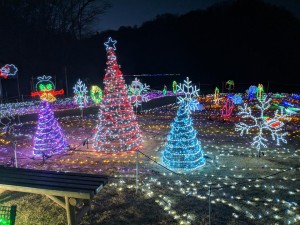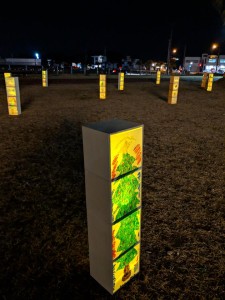Global Network + participated in the Monitor Tour around Iwaki on January 6 (Sunday).Every year, the group covers various places around Iwaki. This year the tour focused on the experience of traditional Japanese culture.The first thing we did in the morning was to visit the “Iwaki City Archeological Museum”. The museum displays many discovered instruments in the hallways that are really easy to understand, and also has some live experience activities. In this opportunity we experienced “Magatama Making”. This is a culturally and religious instrument and is really important to the history of Japan since one of the “Three Sacred Treasures of Japan” is precisely a Magatama, being also a reminder of Japan’s ancient times. Some theories suggests that the Magatama represents the moon and the sun, while in other theories is that the shape represents a fetus and in consequence life. The staff were really kind and patiently taught us how to make one by ourselves by grinding the stone and making the appropriate shape. The Magatama’s shape is really simple, but learning the story and what represents made the experience more meaningful and interesting.After finishing making the bead, we had our lunch at “Tororo-ya Hanbee”, there we ate the traditional dish of that place called “Tororo” which is a pure-like dish served with rice, and other complements. It was without a doubt a weird dish for international students but the dish itself is really good for the body and tasty. Afterwards we went to a nearby shop to buy our dessert which was Tono Manju at “Shibasaki sweets store”, there were many different fillings for the sweet and delicate taste of the Manju.In the afternoon, our last stop was the “Kanezawa Shoko Art Museum”, which was the highlight of the tour. The museum is named after Ms.Shoko Kanezawa which is one of the most famous calligraphers in Japan and has Down Syndrome. The place exhibits many of her wonderful works in many halls.We had a traditional culture lesson experience in “Kanezawa Shoko Art Museum”. The girls of the group had the kimono wearing experience while the boys had the calligraphy one.After the experience of wearing a kimono and writing our favorite Kanji, we had a traditional matcha drinking class. The matches was more bitter than I thought, but nonetheless like it a lot.What we experienced on this day is something that not even Japanese people can experience it quite easily. However, as international students learning about Japanese history and experiencing the culture, I thought that we got to know more about Japan, and that the distance of the heart with the Japanese people feels closer than ever.Needless to say, It was a wonderful experience.
David


